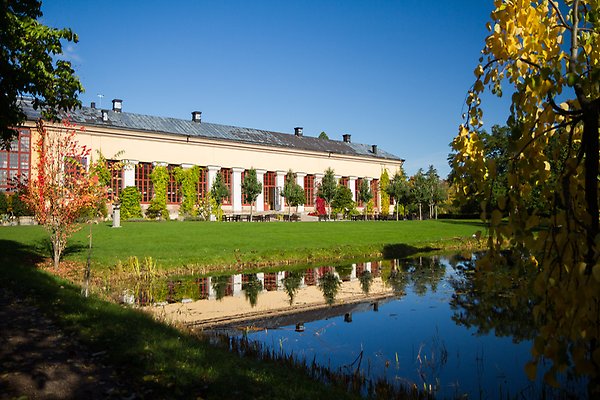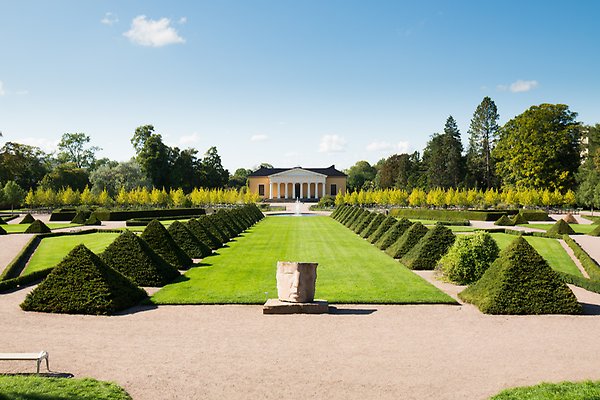History of the Botanical Garden
The Botanical Garden was originally located east of the Fyris river, where the Linnaeus Garden is located today. The garden’s location near the river led to many floods, and towards the end of the 18th century the garden had also become overcrowded.
In 1787, Carl Peter Thunberg, an apostle and successor of Linnaeus, persuaded King Gustaf III of Sweden to donate the gardens of Uppsala Castle to the University for use as a botanical garden.
By 1807, all of the plants had been moved to the new garden, which was inaugurated on 21 May, 100 years after Linnaeus’ birth. The castle gardens were designed as a Baroque Garden by the architect Carl Hårleman in the 1750s. The king also donated money to build Linneanum, the building that houses the Botanical Garden’s Orangery.

The Orangery in the Botanical Garden. Photo: David Naylor
Both the Baroque Garden and Linneanum are listed as cultural monuments. According to Gustaf III’s donation letter, the Baroque Garden must maintain the same condition as it did at the time of his donation. An extensive restoration took place in 1974, which returned the Baroque Garden to its original appearance according to Hårleman's plan.

The Baroque Garden in 2018. Photo: David Naylor
During the 19th and 20th centuries, the University expanded the Botanical Garden over several stages. New and more functional greenhouses were added. The garden’s main task remains the provision of services for research and teaching.
Over time, the Botanical Garden has become increasingly open to the public and has been given new assignments, for example for the preservation of biological diversity. Today, the garden also functions as a living plant museum, welcoming more than 100,000 visitors a year.
